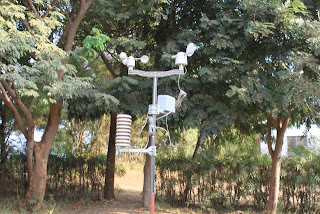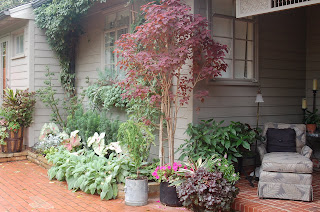Custom weather vanes help to give a personal touch to the
landscape of any building. Custom weather vanes have become very popular
because of the wide range of designs available as well as the number of
designers who are willing to provide customized weather vanes to
customers.
Customized weather vanes can represent the personality of the owner. They can also be engraved with company's logos or names for corporate buildings. Apart from the decorative element, they can also be designed to suit the exact landscape of the building. Customized weather vanes are also a big hit with collectors since they offer more variety. The mounts are also designed specifically as roof mounts, garden mounts, or flat mounts. These days, there are craftsman who are ready to design any kind of a weather vane according to the customer's requirements. Ordering a customized weather vane has become very easy since it can be done online through specialized web sites.
Custom weather vanes enable personal expression. It can be a family emblem or crest, a sports theme, a family pet, a unique design, or just something funky to look at. They are made in different shapes ranging from simple arrows to shapes of animals, birds, humans, crests, exotic figurines, or a combination of some of these. Weather vanes are available in several designs spanning: roosters, ospreys, eagles, attack eagles, ascending geese, landing ducks, feathered geese, blue herons, and many more.
Customized weather vanes can be selected on the basis of the material used, the size, and most importantly, the shape. Most weather vanes are made of bronze, copper or some other durable metals. Designers sometimes also use gold or platinum plating, copper dyes, paintings, glass work or the Verdigris finishes on custom weather vanes. Custom weather vanes can also be full-bodied, which involves careful crafting from copper sheets by hand. They are designed through the traditional techniques and processes. Hand made weather vanes are considered to be works of art and are sometimes sold for thousands of dollars.
Very large weather vanes can also be custom-designed. They range from 35 inches to 55 inches or they can be even larger. They are more directional and have 4" and 6" spacer balls. Very large weather vanes can withstand strong winds and extreme weather conditions. Hence they are very suitable for large buildings or big open spaces.
Customized weather vanes can represent the personality of the owner. They can also be engraved with company's logos or names for corporate buildings. Apart from the decorative element, they can also be designed to suit the exact landscape of the building. Customized weather vanes are also a big hit with collectors since they offer more variety. The mounts are also designed specifically as roof mounts, garden mounts, or flat mounts. These days, there are craftsman who are ready to design any kind of a weather vane according to the customer's requirements. Ordering a customized weather vane has become very easy since it can be done online through specialized web sites.
Custom weather vanes enable personal expression. It can be a family emblem or crest, a sports theme, a family pet, a unique design, or just something funky to look at. They are made in different shapes ranging from simple arrows to shapes of animals, birds, humans, crests, exotic figurines, or a combination of some of these. Weather vanes are available in several designs spanning: roosters, ospreys, eagles, attack eagles, ascending geese, landing ducks, feathered geese, blue herons, and many more.
Customized weather vanes can be selected on the basis of the material used, the size, and most importantly, the shape. Most weather vanes are made of bronze, copper or some other durable metals. Designers sometimes also use gold or platinum plating, copper dyes, paintings, glass work or the Verdigris finishes on custom weather vanes. Custom weather vanes can also be full-bodied, which involves careful crafting from copper sheets by hand. They are designed through the traditional techniques and processes. Hand made weather vanes are considered to be works of art and are sometimes sold for thousands of dollars.
Very large weather vanes can also be custom-designed. They range from 35 inches to 55 inches or they can be even larger. They are more directional and have 4" and 6" spacer balls. Very large weather vanes can withstand strong winds and extreme weather conditions. Hence they are very suitable for large buildings or big open spaces.












